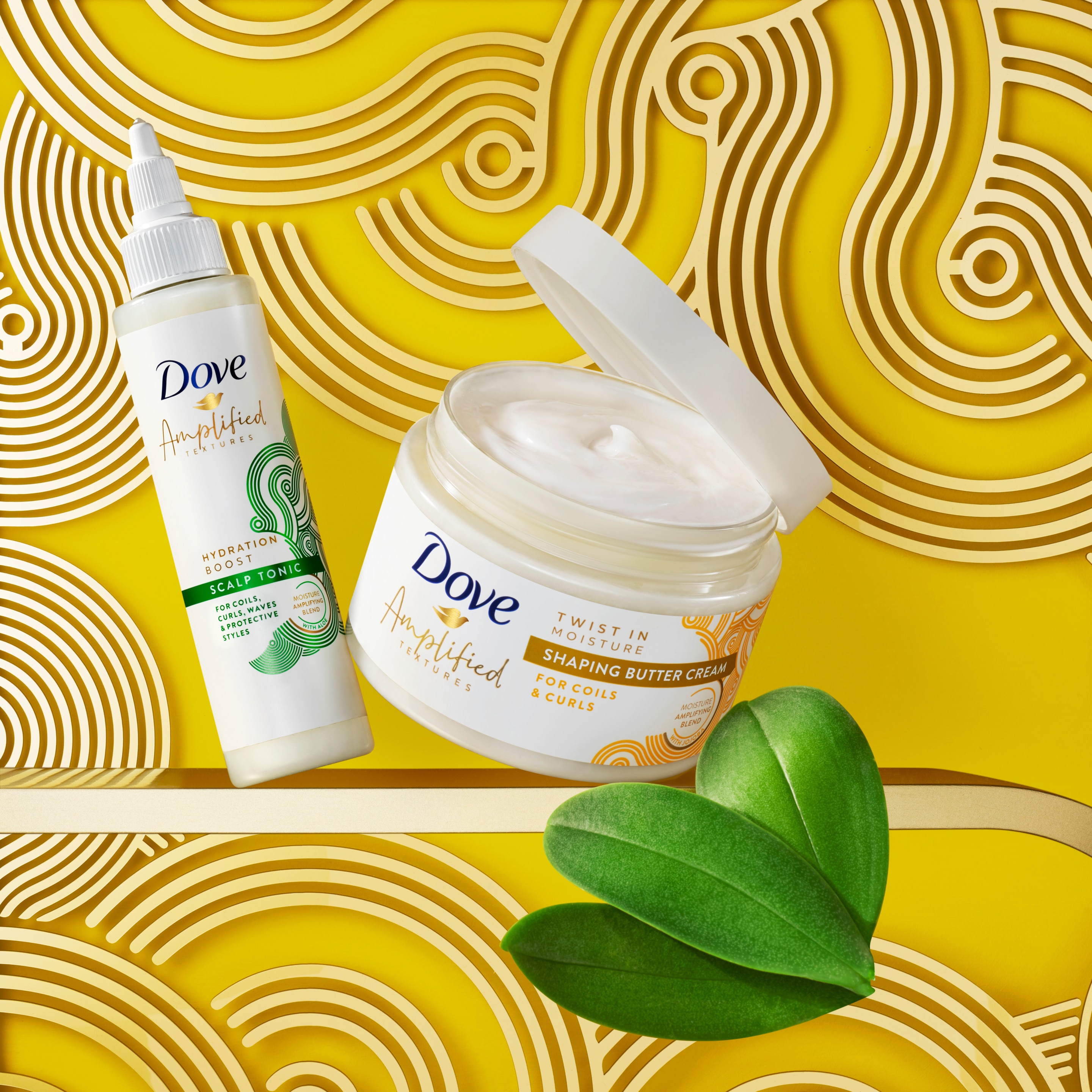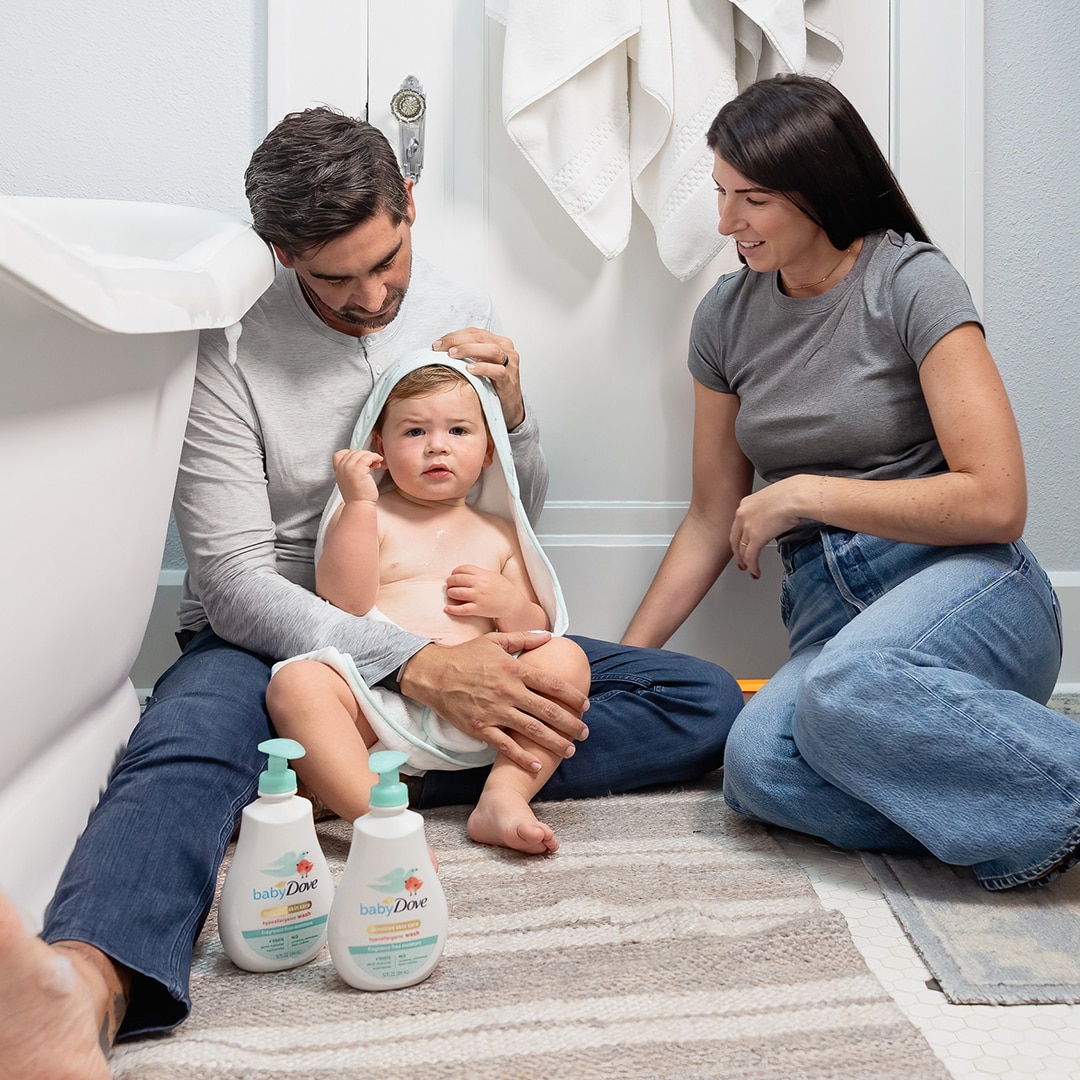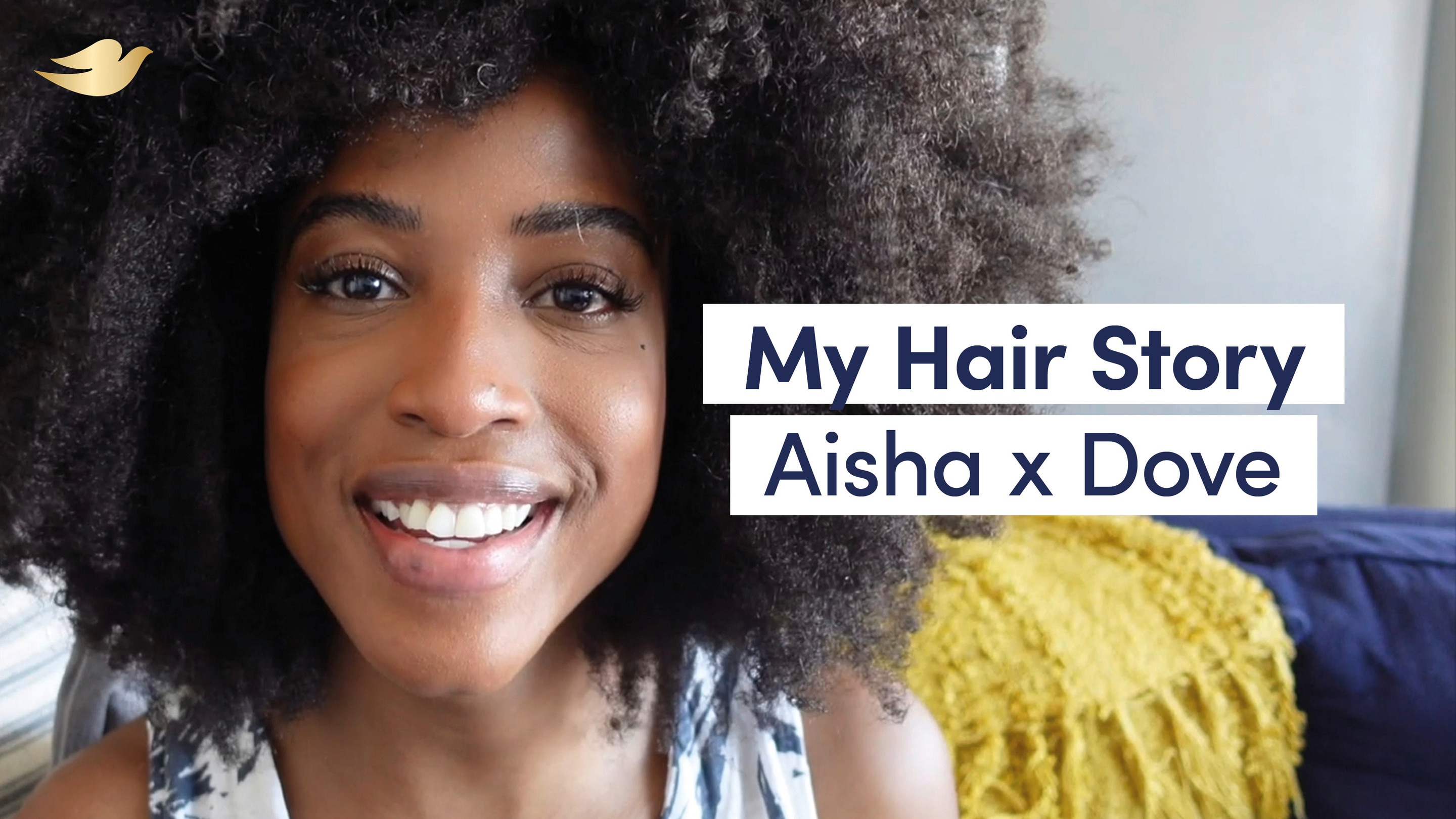What is low porosity hair?
The whole ‘porous or non-porous’ hair conversation can seem complicated, but it’s actually really simple. The porosity of your hair just means how easily it absorbs moisture. Highly porous hair is like a sponge; it takes in water quickly. Non-porous hair doesn’t take in moisture so easily.
There’s a simple way to test how porous your hair is. Put a strand into a cup of water. If it sinks, your hair is quick to take on liquids; it’s porous. This is because your cuticle – the protective layer – is standing away from the hair shaft, allowing moisture to move in and out freely. If it floats, then your hair is non-porous; it doesn’t hydrate easily.
Those of us with low porosity dry hair might notice hair takes ages to get wet, requires lots of product, and dries slowly. This is because the cuticle layer is like a closed door, not letting any moisture in or out.
Can you change hair porosity?
Damage from heat and chemicals can cause changes in your hair porosity, making hair more porous as the cuticle lifts. Don’t worry; you can get back to your natural porosity by deep conditioning on the regular, using heat protection, and laying off the chemical treatments until you’ve restored your hair’s natural healthy shine.
How to moisturize low porosity hair
So, low porosity hair has the door closed on moisture. The challenge is unlocking that door, moisturizing, and sealing your low porosity hair. On the plus side, once you’ve got that moisture in, it can’t get out.
So, how do you seal moisture in low porosity hair? The answer is simple. A solid routine and a little bit of heat.
Create the best routine for low porosity hair
Here’s how to moisturize low porosity hair:
- On wash day, start with a pre-shampoo hot oil treatment to lift the cuticle and penetrate the hair shaft.
- Use a gentle, cleansing shampoo like our Clarify & Hydrate Shampoo. Low porosity hair is more likely to get build-up from products which your hair can’t absorb as easily. This build-up creates another barrier between your hair and your moisturizing products.
- Dove Celebrity Stylist Mark Townsend says, “A deep conditioning treatment, like a hair mask, is the best way to moisturize low porosity hair. Apply a mask, like Dove Amplified Textures Moisture Spa Recovery Mask, to wet hair and cover with a shower cap for 15 minutes once a week before rinsing out.”
- Use a leave-in conditioner followed by a lightweight oil to seal in moisture.
- Switch up your sleep routine with satin pillowcases and scrunchies as they absorb less moisture from your hair than cotton.
Use heat
What does low porosity hair need? It needs heat so that moisture can penetrate the hair shaft and stay locked in. That means indulging in hot oil treatments and applying gentle heat using your hair dryer while deep conditioning. A steamer or steaming cap is a great option to gently steam hair, help products penetrate, and hydrate.
Choose the best products for low porosity hair
Want to know how to keep low porosity hair moisturized? Your low porosity hair thrives with water-based products socheck the ingredients list. If you see water in the top five, pop it in your cart. Try our Amplified Textures Twist In Moisture Shaping Butter Cream to moisturize and nourish.

How often should you moisturize low porosity hair?
The simple answer is that you should moisturize low porosity hair whenever it feels dry. Usually, a couple of times a week works for extra-dry hair. For everyone else, once a week should do the trick. If your hair feels dry every day and you’re wondering how to moisturize low porosity hair daily, you can hydrate using water and a leave-in conditioner.









